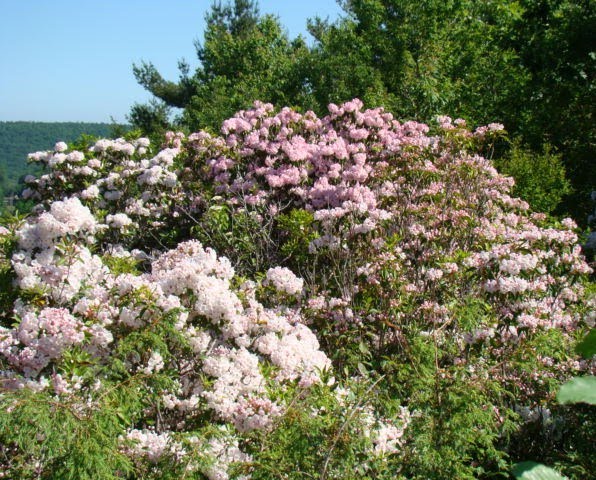
General Information
Pin Oak is a popular tree due to its pyramidal shape and sturdy straight trunk. It is distinguished from other oaks by the lower branches often drooping and its glossy green, deeply lobed leaves which turn crimson in the fall. In the open landscape, the Pin Oak with its drooping branches creates a picturesque silhouette.
Pin Oak is native to North America and can be found in the northeast and north central United States, extending north into Ontario. It is not as vigorous in the lower tier states.
Plant Habit and Form
Pin Oak reaches 75 feet in height and 40 feet wide. It has a pyramidal form with a symmetrical, smooth crown. The 3- to 6-inch leaves of this deciduous tree have 5 to 7 deep lobes. In fall they turn a showy reddish bronze. The gray trunk is furrowed and ridged.
Growing Requirements
Pin Oak grows best in full sun. It is hardy in zones 4 to 7, growing slowly and not as vigorously in zone 8. It prefers moist, acidic, well-drained soil rich in organic matter.
Flowering and Fruiting
Pin Oak has yellowish male catkins in spring and produces acorns in the fall. The shallow saucer-like cup holds only the base of the acorn. These fruits are enjoyed by squirrels and other mammals.
Pests and Diseases
Pin Oak exhibits chlorosis on high pH and limestone soils due to iron deficiency. Galls can occur but do not pose a great threat to the Oak. Scales, aphids, lace bugs, and leaf miners can pose problems though.
ID Tips
Glossy green leaves with 5 to 7 deep lobes. Distinctive drooping branches. Small acorns that sit shallowly in the saucer-like cup.

